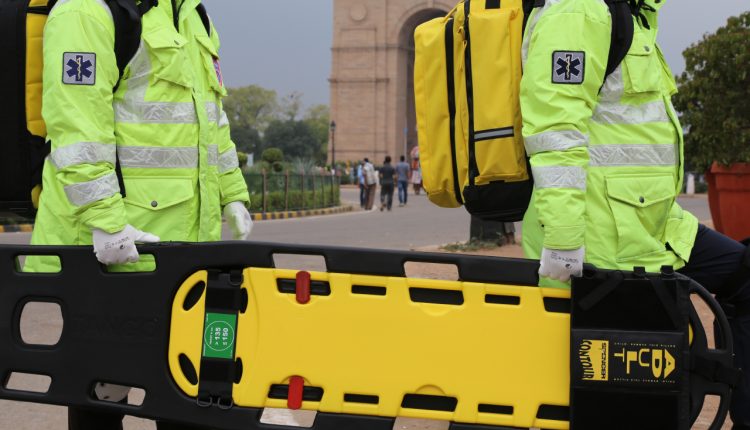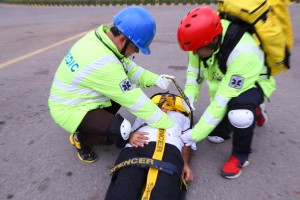
Spencer Tango, the double spinal board that ease up immobilization
With Tango spinal board, you can save 2 lives with just one device. You can rescue an adult and a child, or an infant, at the same time. Rescuers and first responders worldwide have described the board as “the most advanced and versatile spine board ever seen”.
If rescuers and first responders need to immobilize a patient to prevent the risk of spinal injuries, they need a spinal board. But which one? The head of a child is proportionally bigger than that of an adult and the dorsal muscles are less developed; placing a paediatric patient on a standard spine board could cause dangerous flexion of the head. The answer is: Tango.
What is Tango spinal board and why is it so unique?

Tango offers the responders the possibility of two innovative spinal boards in one device. First responders and rescuers can use the Tango to immobilize both adults and children, reducing costs and saving space in the ambulance. Professional first responders worldwide have described the board as ‘the most advanced and versatile spine board ever seen’.
Baby Go is the paediatric spinal board included into Tango and it offers a complete rapid immobilization system for children of any height. It is a tailor-made immobilizing solution featuring four different profiles, which can be adjusted in depth to avoid hyperextension of the child’s head and guarantee the correct and safe neutral position of the spinal column. At the same time, Baby Go maintains the ideal alignment of the airways.
Each of the four profiles indicates the height of the patient and matches the colour code of the corresponding RSP pediatric fixing system. Thanks to the printed colour-coded metric scale, precise height determination of the child is now a rapid operation and you can choose the most accurate solution for immobilising the patient.
Antonio Ciardella, Sales Director of Spencer, says, “We spend most of our asset on research, and that is why our new fastener systems improve safety and simplify the control of the devices. We trust in the opinion of professionals, their passion and competence guide us in creating new products that make the EMS world more simple and safe every day.”
ANALYZING THE TOPIC DEEPLY
10 Steps to perform a Correct Spinal Immobilization of a Trauma Patient
Spinal Immobilization: Treatment or Injury?
Spinal immobilisation, cervical collars and extrication from cars: More harm than good. Time for a change
Discovering equipment and solution inside the ambulance in Indonesia
Would you change your mind about Spinal Immobilization?



